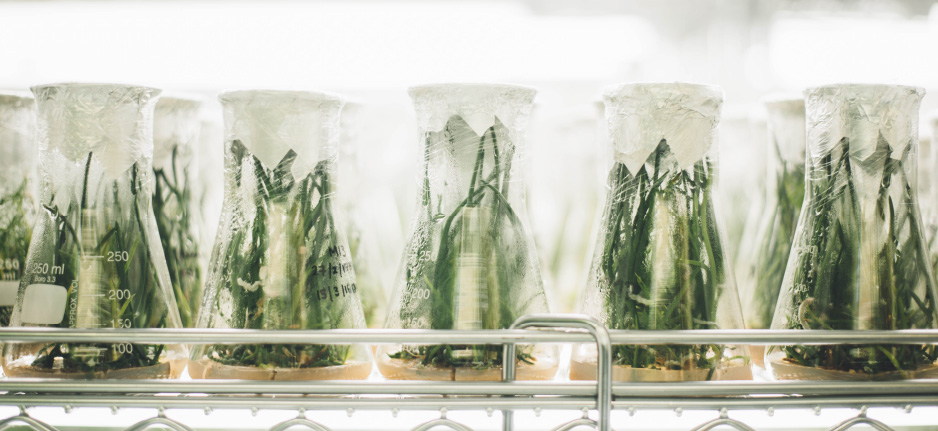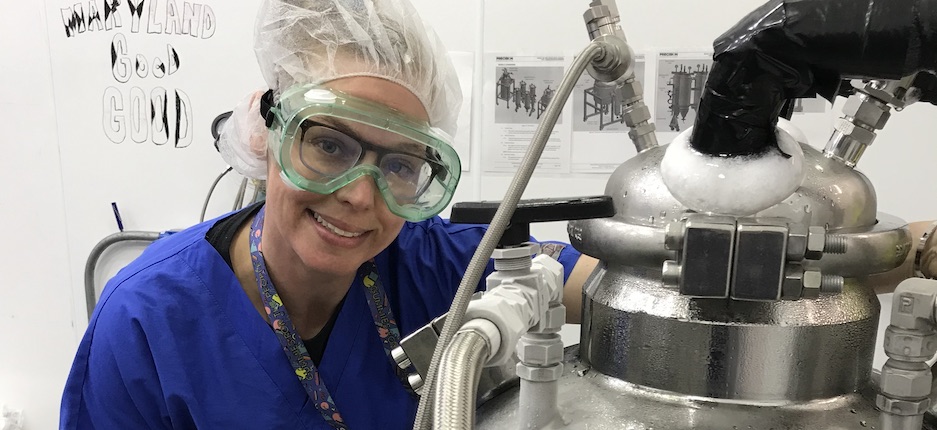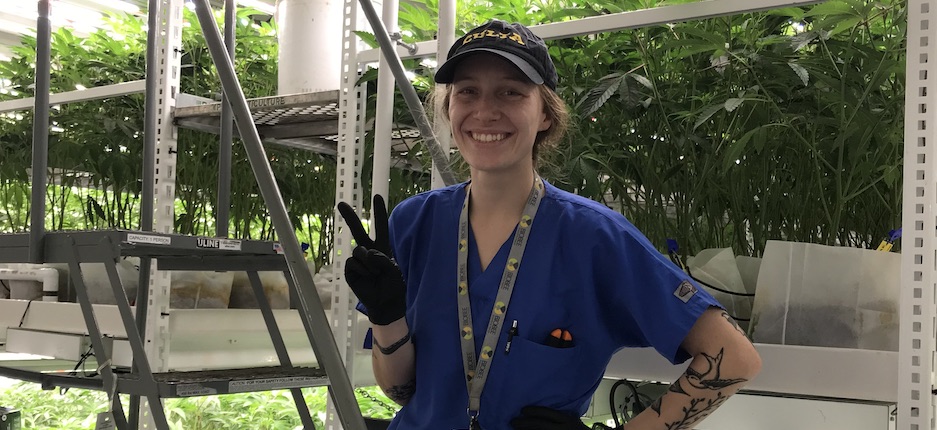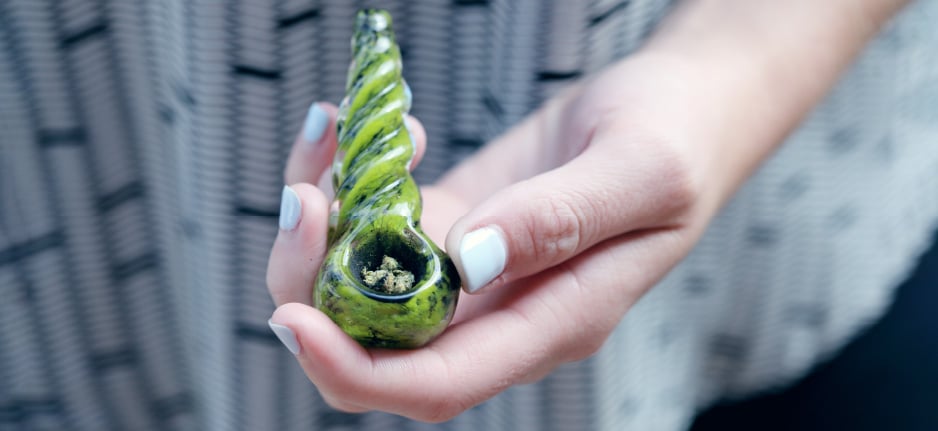Over the last few decades, cannabis has changed drastically. Aside from the push for states to experiment with various levels of cannabis legalization, the cannabis plant itself has changed. It’s even more accurate to say that the cannabis plant was changed. The people responsible for that change? Cannabis breeders and geneticists, whose experiments and research have revolutionized our understanding of cannabis.
In 1993, the average THC content in cannabis was around 3 percent by weight. This level of THC had been pretty consistent since the 1970s. Over the last two decades, thanks to the work of cannabis breeders and geneticists, the level of THC in cannabis plants can top out at 37 percent. However, it’s overly simplistic to reduce the potential of cannabis to just how high the THC level can be. In addition to increasing THC levels, the work done by breeders and geneticists has revealed potential for just about every element of the plant, from taste and smell to adaptability in new climates and pest resistance.
So, how have cannabis breeders and geneticists accomplished so much so fast? To understand that, it’s important to know what they do and how they do it.
What is a Cannabis Breeder?
Cannabis breeding, as we know it today, began in the 1970s. Initially interested in increasing the potency of cannabis, breeders worked to steadily increase the level of THC that occurred in their plants. To accomplish this, cannabis breeders experimented through an iterative process over generations.
Breeders would take a plant with established and consistent characteristics, such as a shorter flowering time and vulnerability to pests, and they would combine it with a plant that is more resistant to pests. The first generation of offspring from these two plants is called F1 hybrids, some of which may flower more quickly and be more resistant to pests. If a breeder wants to further increase these traits, they would crossbreed them again producing a second generation called F2 hybrids.
To isolate the desired traits, cannabis breeders continually cross-breed different strains until they achieve the desired effects. Finally, once a new hybrid’s genetics have been stabilized, cannabis breeders will sell their seeds to people looking to grow a similar crop. Because these seeds typically grow in a different climate than the one the new strain was developed in, more crossing is often necessary to yield a plant that has the desired effects and can be grown in a different environment.
Cannabis breeders and their experiments have contributed to the wide variety of available cannabis strains and a practical understanding of their effects. Cannabis breeding can range from larger scale grow operations to individuals conducting simple experiments. While a sophisticated understanding of the science behind cannabis breeding is crucial to successfully achieving whatever the breeders’ desired goal is, it’s still typically an iterative process.
There are so many variables to isolate and control for and much remains unknown about the genetics of cannabis, though, so this is where cannabis geneticists come into play.
What is a Cannabis Geneticist?
Cannabis geneticists test and analyze cannabis samples to quantify the numbers you see on labels in dispensaries. If you want to know how much THC or CBD is present in a given strain, then you need a cannabis geneticist to analyze that strain.
Cannabis contains hundreds of different molecules, including cannabinoids and terpenoids, and the interactions of these molecules affect not only the potency of a strain, but it’s flavor, smell, and feel. When a cannabis geneticist analyzes a strain, they can provide the genetics-based reasoning for that strain’s qualities.
Although research on the genetics of cannabis is academically restricted by federal law, cannabis geneticists in the private sector continue to develop their understanding of the plant with the goal of being able to guide the cannabis breeding process.
With a more complete understanding of all of the molecules in cannabis and their effects, geneticists hope to provide a genetic map that enables breeders to create the strains they want. Similar to the way that many agricultural products are genetically modified to be more beneficial, cannabis geneticists want to crack the code and provide everyone with a greater understanding of cannabis.
How are Cannabis Breeders and Geneticists Different?
The main difference between cannabis breeders and geneticists is that breeders experiment with the plants to create new strains, while geneticists examine those strains to identify their qualities. Breeders provide geneticists with samples that lead to a greater understanding of cannabis, which in turn helps breeders make more informed decisions that lead to newer, better strains.
By quantifying the properties of a strain, geneticists also enable breeders and retailers of cannabis to provide cannabis users with more information so they can make informed purchasing decisions. Working together, breeders and geneticists are constantly expanding the horizons of cannabis.
CULTA works with the best professionals in the industry to bring you the best cannabis on the market. Head into our Baltimore dispensary (or one of our partner dispensaries) for more information on the CBD and THC content of your favorite strains.



